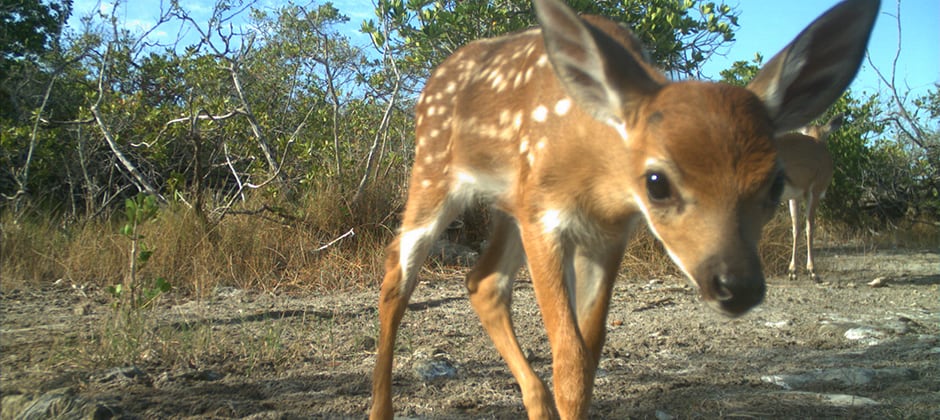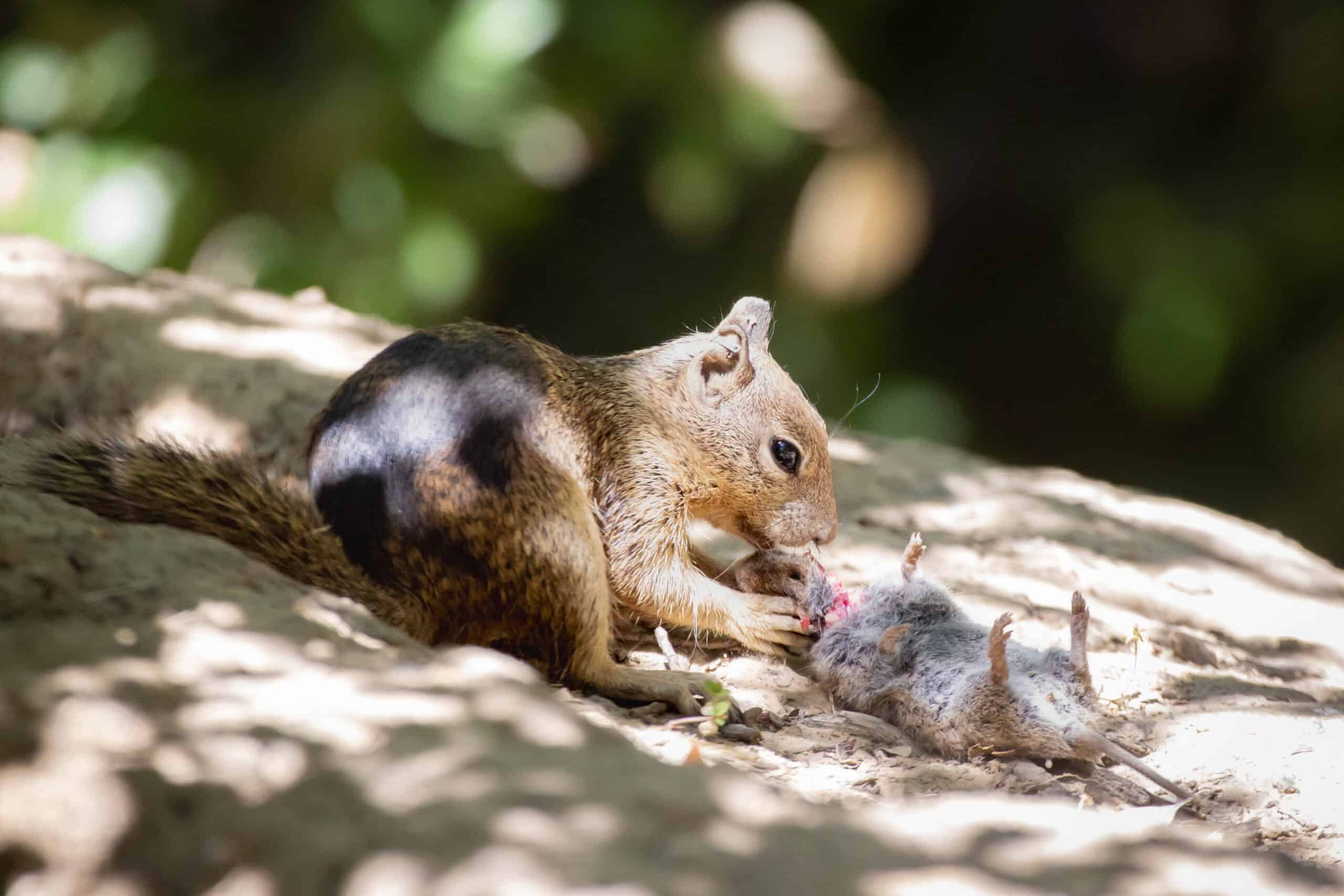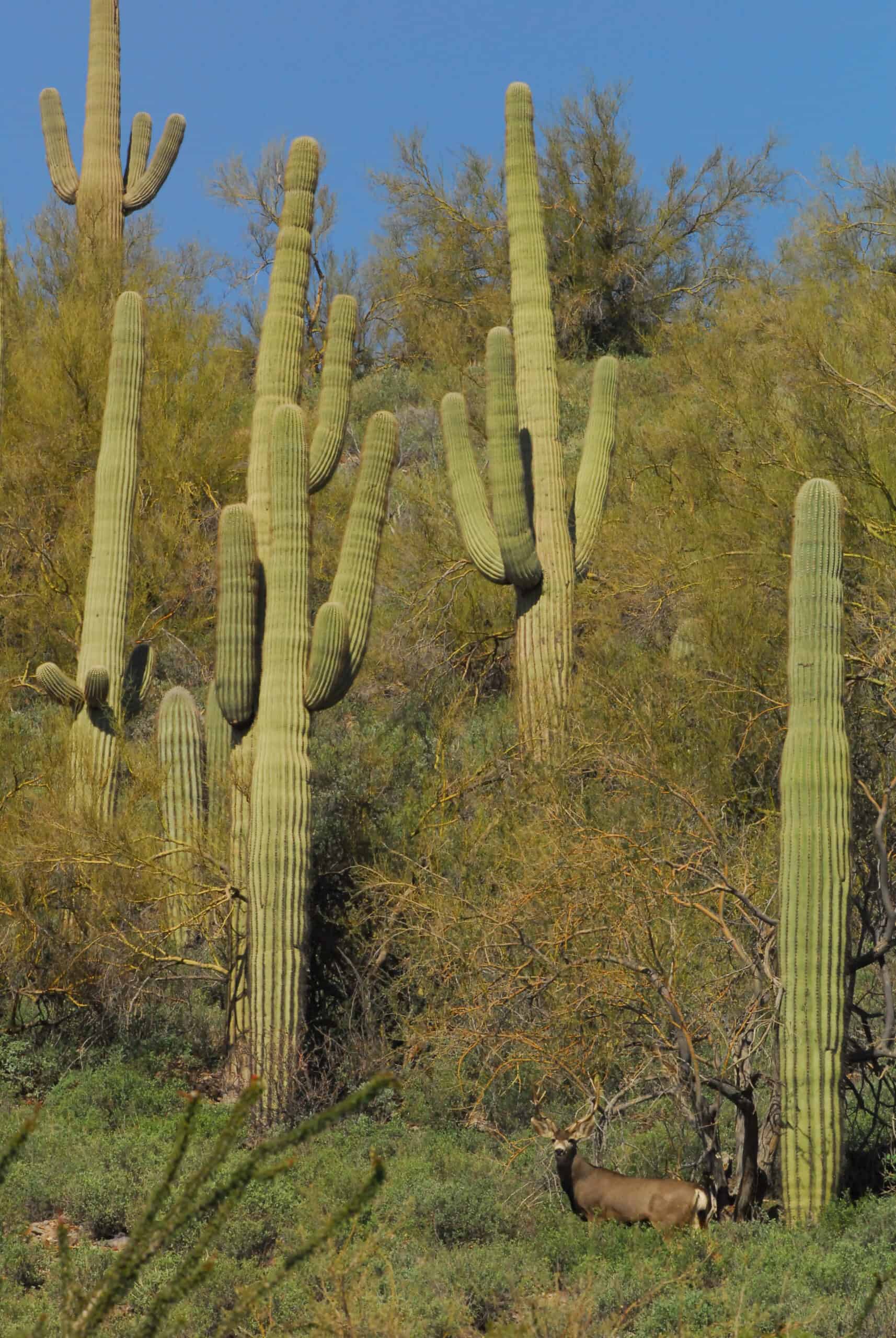Share this article
In the Keys, does go high while fawns go low
When researchers set up camera traps in the lower Florida Keys, they were focused on the effects of feral cats on endangered marsh rabbits. But when key deer wandered in front of the cameras, they realized the deer’s spot patterns might help identify them.
Those patterns helped researchers understand where the endangered deer spend their time, according to a study published in Diversity, offering some clues about how to conserve them.
“The coolest part about this work is that Key deer are just bycatch from my own research as part of a broader camera trap study,” said TWS member Mike Cove, curator of mammals at the North Carolina Museum of Natural Sciences.
Found only in the Lower Keys, Key deer (Odocoileus virginianus clavium) were listed as endangered in 1967, following population declines due to habitat loss and hunting pressure. After their listing, the U.S. Fish and Wildlife Service designated about 8,000 acres in the Lower Keys as the National Key Deer Refuge to help conserve the subspecies of white-tailed deer.
As Cove’s team members looked at the photos they captured of the deer, they realized that their spot patterns were unique. Julia Jacobs, an undergraduate student at North Carolina State University at the time, took the lead to use these patterns to try to understand more about where the Key deer spend their time.
“I really enjoy the photography part,” Jacobs said. “This is a cool way to be able to use photography as a noninvasive way to study the deer.”
Cove’s initial camera set up had cameras facing one another, providing views of spots on both sides of the deer. The team ran the images through software to compare spot patterns and manually confirmed the matches by viewing the photos.

An adult doe feeds its fawns. Credit: North Carolina Museum of Natural Sciences
Zeroing in on fawns and does, the researchers found that while fawns were more abundant in low-elevation areas, does were using upland habitat more. The researchers suspect fawns were bedded in lowlands because there was denser cover and cooler areas, and without natural predators nearby, like Florida panthers (Puma concolor coryi) or red wolves (Canis rufus), there’s less reason to hide.
“We’re predicting they’re choosing thermal cover over predation cover,” Jacobs said.
Adult does, on the other hand, were detected more at upland sites in pine rocklands, likely foraging on the best available food. The team was surprised because these findings were the opposite of most white-tailed deer populations.
These findings have implications for the animals’ conservation, especially when it comes to climate change and sea level rise, which would affect lowland habitats more, where fawns are abundant. As water rises, the plant community would be pushed upslope and may squeeze out fawns. “We don’t really understand how fast sea level is rising or how well plant communities can track that climb,” Cove said. “If plants can track that and climb up the elevation gradient in pace with potential sea level rise, then I don’t think there is necessarily any concern — until you hit the top of the slope and there’s no habitat for anything.”
The research also shows which areas are important to the deer. While most of the protected lands have been pine rockland, Cove said, the fawns use of lower areas is “novel and interesting.”
The project also sparked an outreach program. Jacobs started a project targeted toward elementary school students, getting them to look for unique spot patterns by playing a sort-of connect-the-dots.
“It’s a cool way to show how wildlife biology is a fun, exciting field and a creative way to go about doing research,” Jacobs said.
“It’s like citizen science, but with elementary school kids.”
Researchers say the method could be used for other deer populations and species. “We usually track the mother’s habitat use to identify important areas for fawns but these data suggest that may not be the full picture of habitat quality,” said co-author Marcus Lashley, assistant professor of wildlife ecology at the University of Florida.
Header Image: A Key deer fawn is caught on camera. Photos of fawns helped researchers find out that they were spending more of their time in lowland areas. Credit: North Carolina Museum of Natural Sciences








